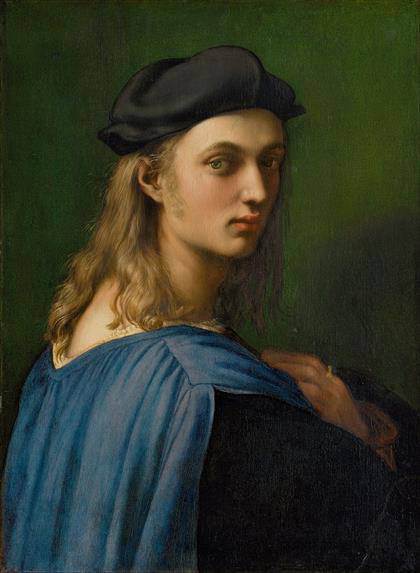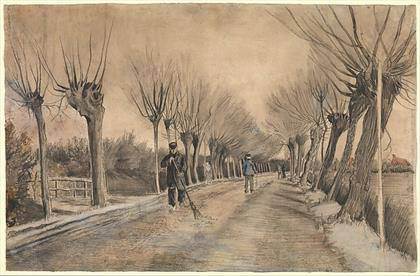
Baboon Appliqué from an Animal Mummy. Possibly from Saqqara, Egypt. Ptolemaic Period, 305–30 b.c.e. Linen, 5 1 /2 x 2 3 /8 in. (14.2 x 5.6 cm). Brooklyn Museum; Charles Edwin Wilbour Fund, 37.272E. (Photo: Gavin Ashworth, Brooklyn Museum)
Soulful Creatures: Animal Mummies in Ancient Egypt ‘Soulful Creatures: Animal Mummies in Ancient Egypt’ is the first major exhibition to focus on one of the most fascinating and mysterious aspects of ancient Egyptian culture and religion—the mummification of animals. Brooklyn Museum, September 29, 2017, through January 21, 2018]]>
Source: Brooklyn Museum
Organized by the Brooklyn Museum and drawn from its renowned Egyptian collection, the exhibition clarifies the role animals, and images of animals, played in the Egyptian natural and supernatural world through 30 mummified birds, cats, dogs, snakes, and other animals and more than 65 objects related to the ritual use of animal mummies.
Excavated in the nineteenth and twentieth centuries, from at least thirty-one different cemeteries, the animal mummies on display cover Egyptian history from as early as 3000 b.c.e. until the Roman period at the end of the second century c.e. “While the exact significance of animal mummies has largely remained a mystery, they are the most numerous type of artifact preserved from ancient Egypt,” stated Edward Bleiberg, Senior Curator, Egyptian, Classical, and Ancient Near Eastern Art. “For example, over four million individual ibis mummies have been found at an ancient burial ground in Saqqara, and a nearby dog cemetery yielded over seven million mummies. ‘Soulful Creatures’ explores the purpose of these mummies, how they were made, and why there are so many.”
The four kinds of animal mummies that ancient Egyptians produced include pet, victual (mummified food placed in the tomb for the afterlife), divine, and votive (sacred offerings that communicated directly with a deity). Animals were central to the ancient Egyptian worldview and most had connections to a particular deity. The ibis and the dog are two sacred votive examples that acted as messengers to the Egyptian gods Thoth and Anubis, respectively. After death, mummified animals served a variety of religious purposes, allowing the animals’ souls to carry messages to the gods. These messages were often sent through accompanying hand written letters that frequently requested good health for a sick relative or help with problems at work. The exhibition even includes an example from a child who complained to a particular god about their parent’s behavior.
Related content
”Mummy: Secrets of the Tomb” (exhibition, 2011-2012)
Follow us on:


